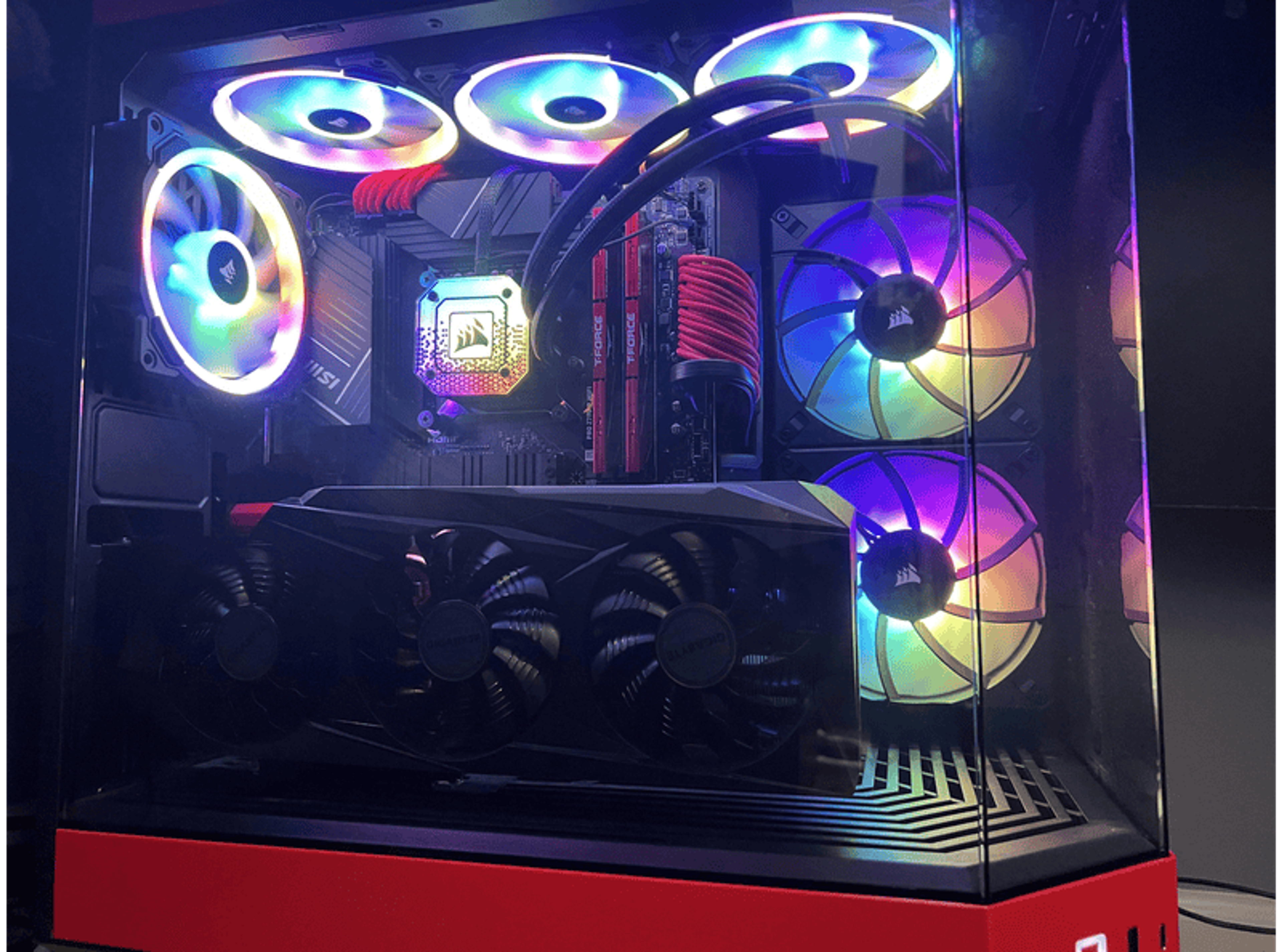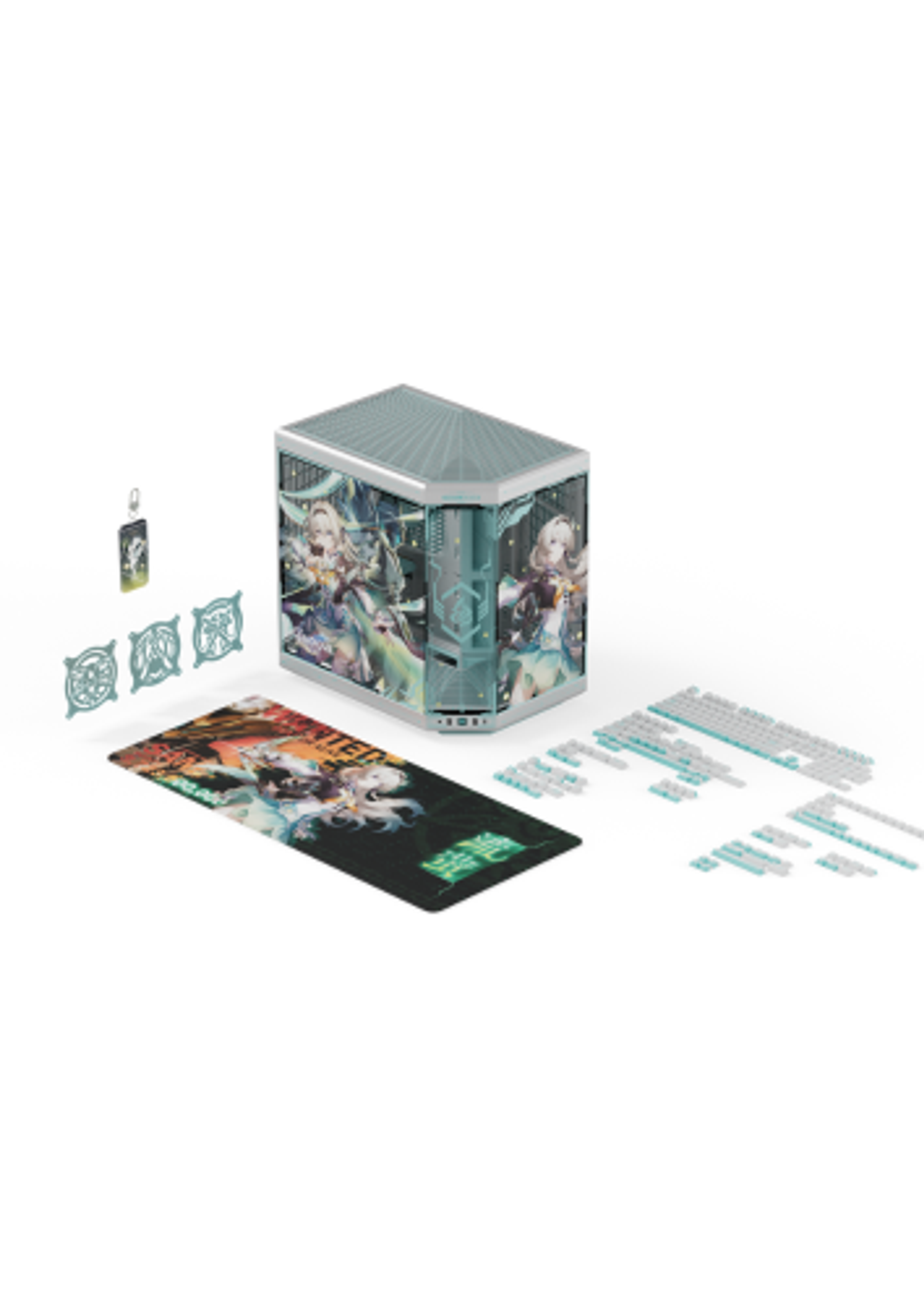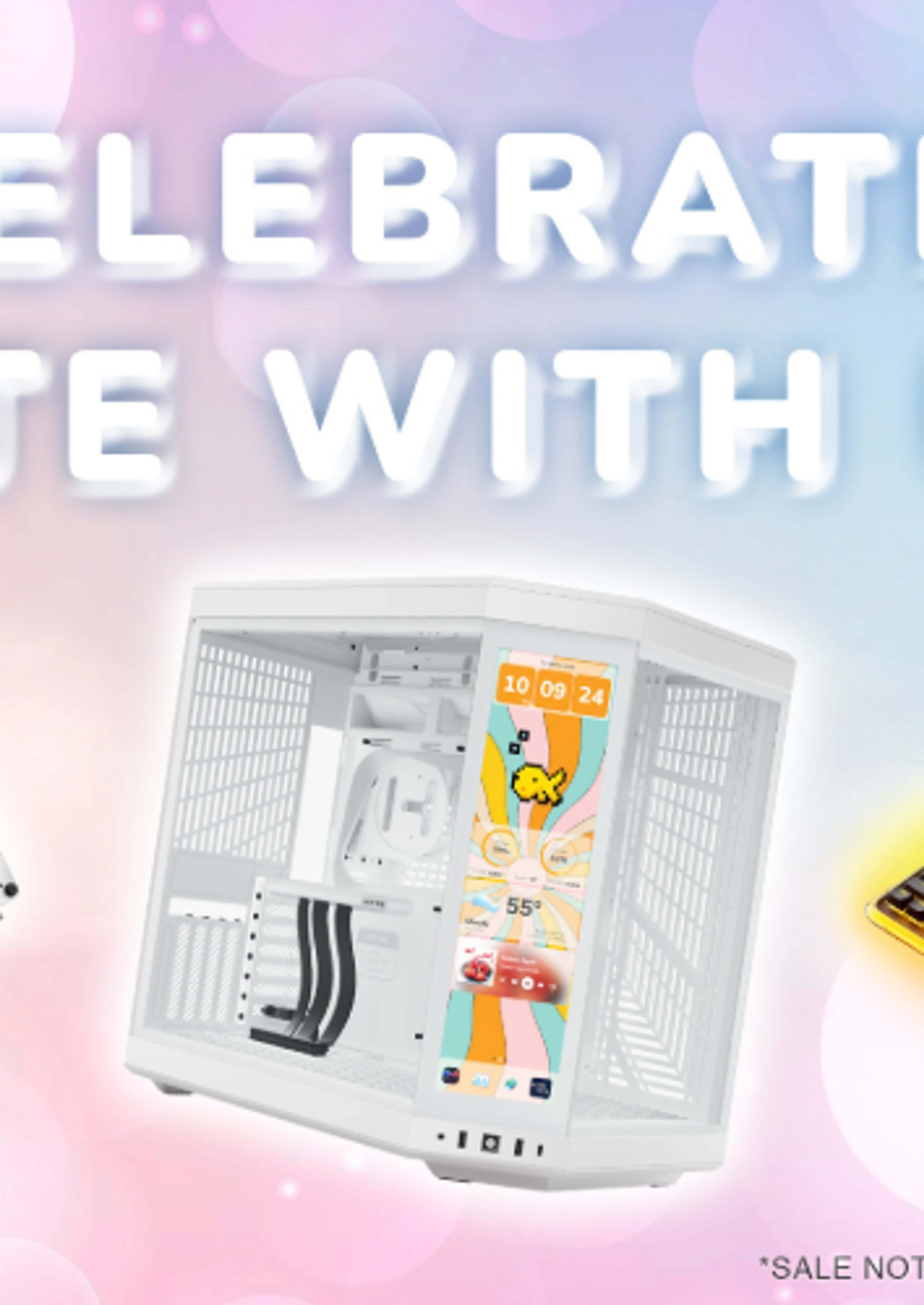
How to Choose a Motherboard
How to Choose a Motherboard
Choosing a motherboard when building a PC is one of the most critical decisions, as it is the computer's " backbone." The motherboard you select determines what hardware you can use, impacting your system’s performance, stability, and future upgradability. Understanding how to choose a motherboard for gaming is the first step toward achieving the best possible setup.
What is a Motherboard?
A motherboard is the central circuit board in a PC. It connects and facilitates efficient communication between components, including the CPU, GPU, RAM, and storage.
On the motherboard, this translates to the:
- CPU socket
- RAM slots
- PCIe slots
- Storage connectors
Consider your usage requirements when choosing a motherboard, since different motherboards focus on distinct capabilities. Regular motherboards optimize stability and reliability, while gaming motherboards optimize performance, such as overclocking capabilities and special features geared toward gaming and multimedia.
How to choose a motherboard
Optimal performance and compatibility means balancing different considerations to meet your gaming needs. These considerations include the components you need to connect and future upgradability, among other factors.
What You Need to Connect to the Motherboard
You'll need various connectors for your components and peripherals to deliver electricity to the motherboard. Most standard boards require a 24-pin connector and an 8-pin CPU connector, while high-end motherboards may need additional power inputs.
Here are some of the connectors to consider when researching motherboards:
- PC cooling: Check for fan ports, especially if you use multiple fans. Motherboards should have enough ports and built-in fan controllers or support third-party solutions to keep your PC cool.
- Front Panel Connectors: These connectors include USB ports, audio jacks, and power/reset buttons.
- Wi-Fi: Most boards have built-in Ethernet for wired internet connections, but only some include Wi-Fi. If your motherboard doesn't have Wi-Fi, plan for a separate adapter.
- Peripherals: Your motherboard should have enough ports for peripherals such as RGB controllers or external displays.
Your BIOS (Basic Input/Output System) is built into the motherboard, so you can update it via the manufacturer’s website to maintain compatibility with new hardware. Many modern motherboards with Windows 11 use UEFI (Unified Extensible Firmware Interface) for more advanced options than traditional BIOS, although they serve the same purpose.
Consider the Size
Choosing the right motherboard size ensures compatibility with your PC case and meets your build's needs. Motherboards come in three primary form factors:
- ATX: The most common size for gaming builds with the most expansion slots and connectors.
- MicroATX: A more compact version of ATX with fewer expansion slots but is suitable for most mid-range builds.
- Mini-ITX: Designed for small form factor (SFF) builds, providing limited expansion options, but is excellent for compact setups.
The correct motherboard size means it fits within your PC case while leaving room for upgrades. Larger boards like ATX provide more flexibility for future expansions, while smaller boards like Mini-ITX may limit your ability to add extra components.
Storage Needs
If you are figuring out how to choose a motherboard for gaming, an essential aspect to consider is storage and the types of drives you plan to use. Motherboards come with various storage connections serving different purposes, including:
- SATA ports: These standard ports support traditional hard drives (HDDs) and SATA-based SSDs while ensuring enough ports for all your drives.
- M.2 Slots: Modern motherboards typically have at least one or two M.2 slots since they allow NVMe SSDs to operate faster.
If you plan to install multiple drives, your system needs adequate power and enough ports to connect all the drives, which requires an expansion card. Some setups may benefit from RAID support, which offers redundancy or performance gains by linking multiple drives.
When handling your storage needs, check the motherboard manual to ensure that using all the drive slots doesn’t interfere with PCIe slot performance and impact your GPU.
USB ports
Another aspect to consider when choosing a motherboard is the number and types of USB ports available and compatibility with your peripherals and accessories. You’ll need enough high-speed USB ports to handle external storage devices and essential peripherals like gaming mice, keyboards, and headsets. A mix of USB 3.0 or higher ports allows faster data transfer and responsive performance.
USB-C ports are also helpful since they offer fast charging and high-speed data transfers, especially for newer peripherals and devices. Having at least one USB-C port future-proofs your setup so it can handle modern accessories.
GPU Needs
The most crucial part of learning how to choose a motherboard is understanding GPU compatibility, particularly when considering PCIe slots so that your GPU can perform at its best.
Here are the typical PCIe slot requirements:
- PCIe 3.0: These older slots still work with newer GPUs but may limit performance.
- PCIe 4.0: The standard for most high-end GPUs, offering sufficient bandwidth for demanding games and tasks.
- PCIe 5.0: Emerging technology providing even higher data transfer speeds for future-proofing.
There are also other considerations to remember when choosing a motherboard based on your GPU needs, such as:
- Spacing: The physical space between PCIe slots allows proper airflow and cooling, especially with large, high-end GPUs or multiple GPUs, where poor airflow can cause overheating and reduce performance.
- Integrated networking: Looking for built-in motherboard connectivity through Ethernet and Bluetooth reduces the need for additional expansion cards.
Most modern GPUs require at least one PCIe x16 slot, but you'll need multiple PCIe slots if you're considering a multi-GPU setup (like SLI or CrossFire). However, multi-GPU setups aren't standard, as single high-end GPUs usually provide better overall performance and fewer compatibility issues.
Upgradability
Upgradability means your system can handle future needs, especially when focusing on RAM capacity. Most motherboards support at least 64GB of RAM, but higher-end boards can hold up to 128GB or more. When choosing a motherboard, verify how many RAM slots are available since most boards come with two or four slots. Having more slots with a higher capacity allows for easier upgrades.
Also, the motherboard needs the correct CPU socket for your current processor and to support future CPU generations. If it does, you won't have to replace the motherboard when upgrading your CPU.
Lastly, always check if the motherboard supports emerging technologies like PCIe 5.0 and Thunderbolt to extend the life of your PC build.
Aesthetics
When building a PC, the motherboard's aesthetics affect the overall look of your setup. Modern motherboards feature built-in RGB lighting or ports to sync lighting effects with other components like fans, RAM, and graphics cards, creating a cohesive and visually striking design.
In addition to lighting, sleek motherboards often come with large heatsinks and covers, improving cooling performance and giving the build a polished and professional appearance.
Find the Best PC Case to Hold Your Motherboard
Ultimately, choosing a motherboard comes down to balancing your needs and preferences. Ensuring compatibility with your components and room for future upgrades gives you a system that performs well now and in the future.
If you’re ready to complete your build, check out HYTE’s Y70 ATX case, a standard-sized case with plenty of room for expansion, or the HYTE Revolt 3 ITX for a sleek, space-saving PC.
Featured Posts

Black Friday Gaming Gear & PC Deals 2025
HYTE Black Friday sales are here, and we’re excited to share the amazing deals we’ll be offering this year! Our Black Friday sales event is your chance to save big on some of our most popular products. From November 20th through December 2nd, enjoy incredible discounts on PC cases and gaming accessories that bring both performance and style to your setup. If you’re looking to upgrade, now’s the perfect time to do it with HYTE.

Official HYTE x Honkai: Star Rail Firefly Collection!
The stars have aligned, and the Official HYTE x Honkai: Star Rail Firefly Collection is ready for launch.

HYTE's 4th Anniversary Sale!
We’ve come a long way, and it’s all thanks to you! To celebrate HYTE’s anniversary, we’re giving back with a limited-time Anniversary Sale from Oct. 5 to Oct. 7.

HYTE X50 & X50 Air Pre-Orders Are Now Live!
The X50 redefines typical PC cases with a unique curved design and performance-driven elements. Pre-order the X50 and X50 Air NOW!
